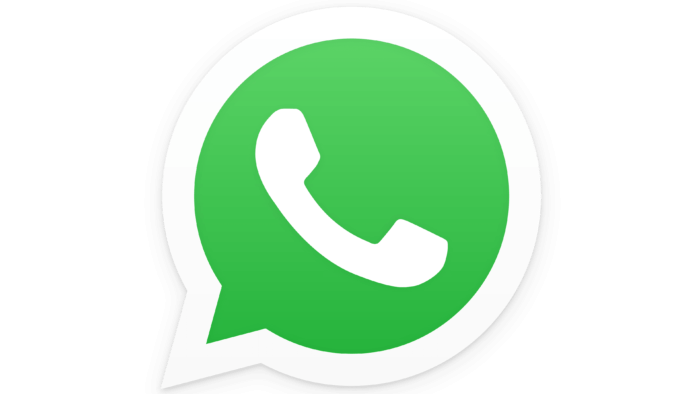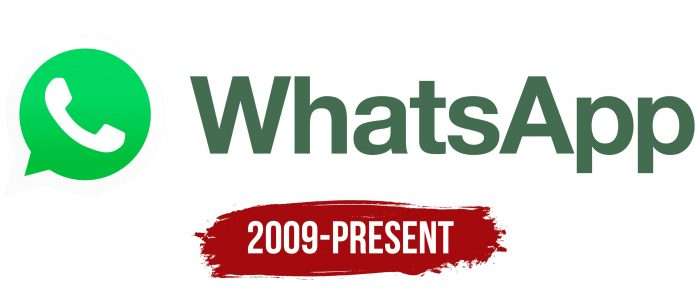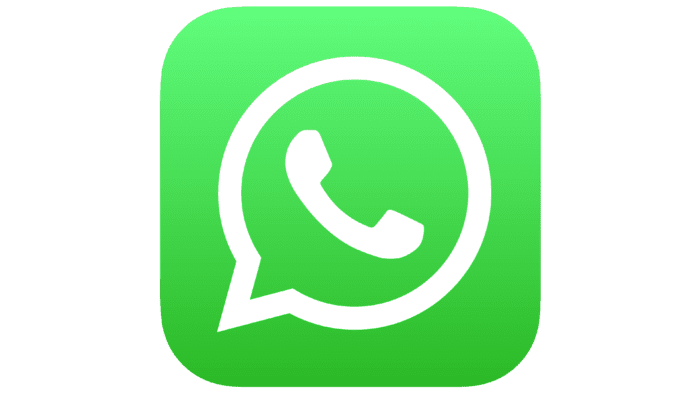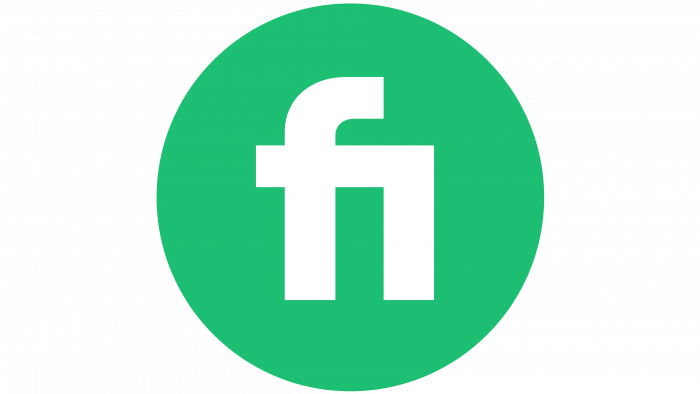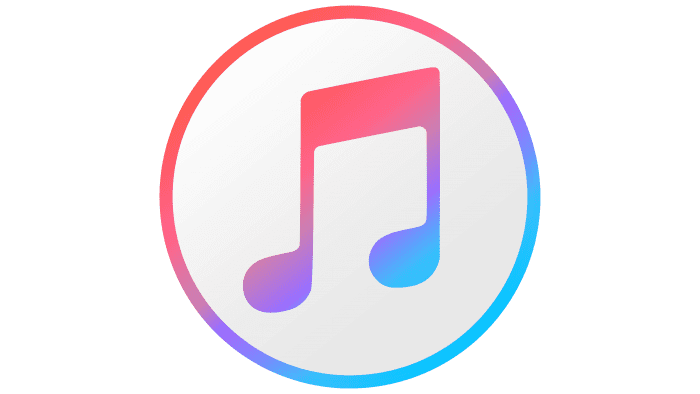The WhatsApp logo symbolizes connection, communication, free access, and the desire to stay in touch. The carefully selected colors and symbols help the world’s most recognizable messenger remain popular despite immense competition.
WhatsApp: Brand overview
Meaning and History
The messenger was created in 2009. Its founders were two friends, Brian Acton and Jan Koum, who worked at Yahoo! but wanted to engage in more global matters. They applied for jobs at Facebook but were rejected. Then, the young men contemplated creating a platform for mobile devices that would allow communication not through SMS but in a chat. Thus, a convenient messenger allowing online communication was born. Its name was coined from the English phrase “What’s Up?”, used as a form of greeting. What’s up? Or what’s new?
The first application was created for the iPhone, but initially, things were tough due to a large number of glitches. Jan Koum was already disillusioned with his brainchild and decided to abandon this “hopeless” endeavor, but Brian Acton convinced him to continue working.
What is WhatsApp?
WhatsApp is an online chat that allows the exchange of messages in real time. It is owned by Meta Platforms, Inc., formerly known as Facebook, Inc. The original version of the software was released in 2009, and six years later, WhatsApp was recognized as the most popular messenger in the world.
In 2013, the company already had 50 employees, and the number of users exceeded 2 million. Then Facebook offered to buy the brand rights; it was sold for 19 billion dollars, which remains the largest deal amount to this day. Today, WhatsApp operates as an online chat where you can exchange audio and video calls and store information in cloud storage.
WhatsApp: Interesting Facts
WhatsApp is a popular app that lets people from all over the world message each other.
- Starting Out: Two people who used to work at Yahoo, Brian Acton and Jan Koum, created WhatsApp in 2009. It was easy to use and let people chat in real-time, so it became popular quickly.
- Joining Facebook: In 2014, Facebook bought WhatsApp for about $19 billion. This showed how important WhatsApp was and how much it could grow.
- Lots of Users: Over 2 billion people use WhatsApp monthly. People from different places and ages like to use it.
- Keeping Chats Private: In 2016, WhatsApp ensured that only the message and the person receiving it could read what was said. This helps keep everyone’s chats private.
- Talking and Seeing Each Other: WhatsApp also allows you to call and see each other via video. This is great for talking to friends and family far away without paying extra.
- For Businesses: In 2018, WhatsApp created a special version for small businesses. It includes tools to help companies better communicate with their customers.
- Using It on Computers: WhatsApp Web allows you to send messages from your computer, making it easier to use while working.
- No Annoying Ads: WhatsApp doesn’t show ads. They focus on making the app nice and easy for everyone to use.
- Sharing Stuff: WhatsApp lets you send pictures, videos, files, and your location. This makes it handy for both fun chats and work stuff.
- Always Getting Better: WhatsApp keeps adding new features, such as messages that disappear after a while, a dark mode for using it at night, and better group chats.
WhatsApp has changed from just sending texts to letting people share all sorts of things and keep their chats private. It’s a big part of how we talk to each other from anywhere in the world.
Font and Colors
There is no exact information on how the recognizable white-green icon appeared. Presumably, it was invented by Acton and Koum while working on the application. The simple yet meaningful design proved quite effective as an element of the mobile phone interface.
The full trademark logo includes the WhatsApp icon and the name to its right.
The large icon is embedded in a simple icon: the green background color symbolizes that WhatsApp lines are always free for communication, and the lifted receiver symbolizes the freedom of communication and the possibility to call anywhere in the world at any time. All this is placed in a white cloud (a text bubble with a tail at the bottom), denoting messages.
Unlike modern smartphones with many functions, the old wired telephone receiver was chosen deliberately – it signifies the ability to make calls.
Over ten years, the visual image of the logo has not changed. As of 2020, there are eight patented icons, each with a specific purpose: for Android, for iPhone, Web, etc. Some of them are already obsolete and no longer in use. All are copyrighted.
The main colors of the icons are green and white, used to convey the image. As an additional option in one of the versions (icon for Windows devices), black is used as the background color.
The full logo has two official color variations:
- On a horizontally elongated white plate, a green icon and the name WhatsApp are depicted, typed in Helvetica Neue font in a gray-green tone.
- On a gray-blue plate, the standard icon and the name are depicted in white.
- The iconic WhatsApp icon is a prime example of how simple visual means can clearly distinguish a product from others and attract a large number of users.
WhatsApp color codes
| UFO Green | Hex color: | #25D366 |
|---|---|---|
| RGB: | 37 211 102 | |
| CMYK: | 82 0 52 17 | |
| Pantone: | PMS 354 C |
| Teal Green | Hex color: | #075e54 |
|---|---|---|
| RGB: | 7 94 84 | |
| CMYK: | 93 0 11 63 | |
| Pantone: | PMS 329 C |
FAQ
What do the symbols in WhatsApp mean?
The clock symbol means that the message has been sent. One tick means the message has reached the WhatsApp server but has not yet reached the recipient’s device. Two ticks mean the message has been delivered. And when the recipient opens it, the ticks turn blue.
What does the WhatsApp logo represent?
The WhatsApp logo consists of two parts. The first half is the green “bubble” with a white receiver. The second element is a wordmark containing the name of the messaging service. The inscription is executed in a sans-serif font and colored in gray-green.
Why is the WhatsApp logo green?
Jan Koum and Brian Acton, the direct creators of WhatsApp, chose green as its visual identification to symbolize security. They considered this the most important characteristic, as the messenger must securely store users’ confidential information.
